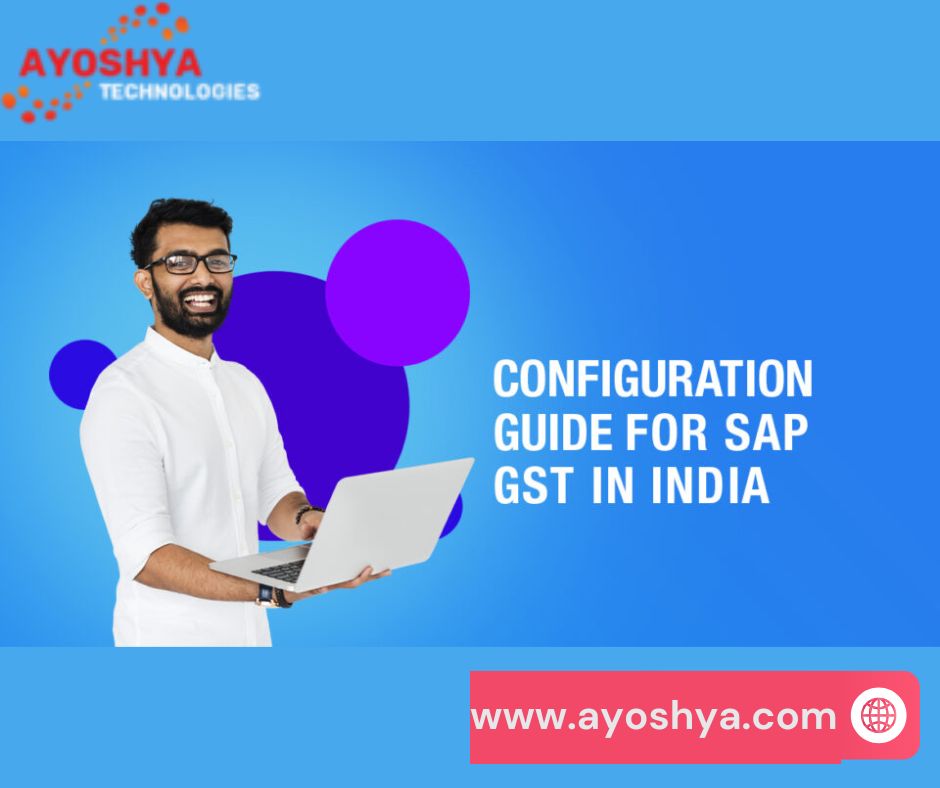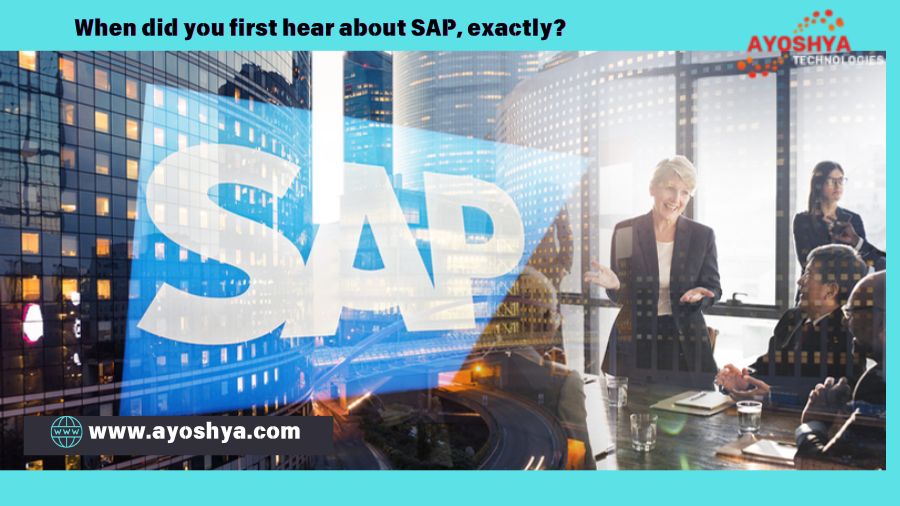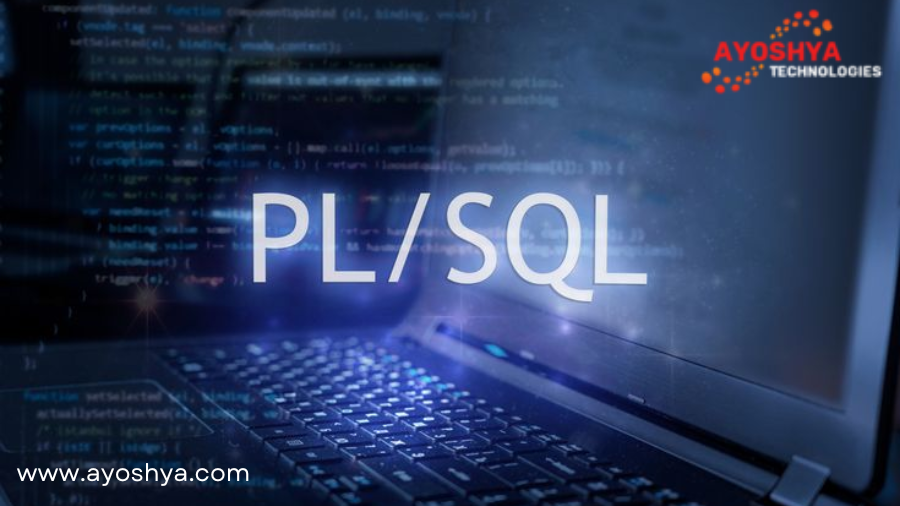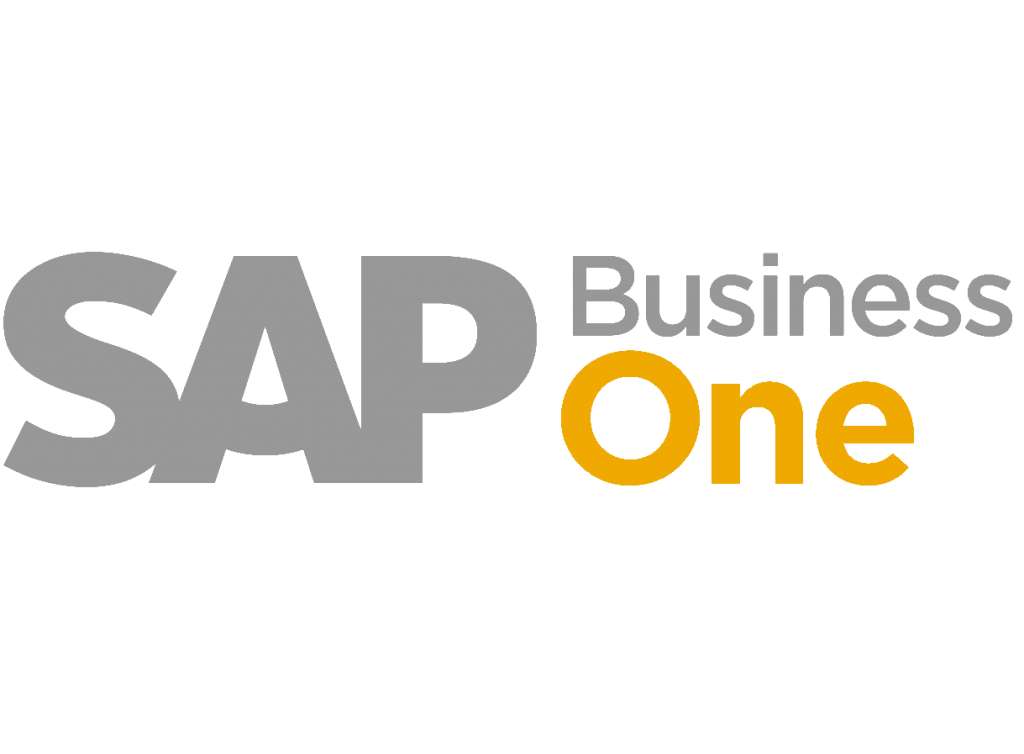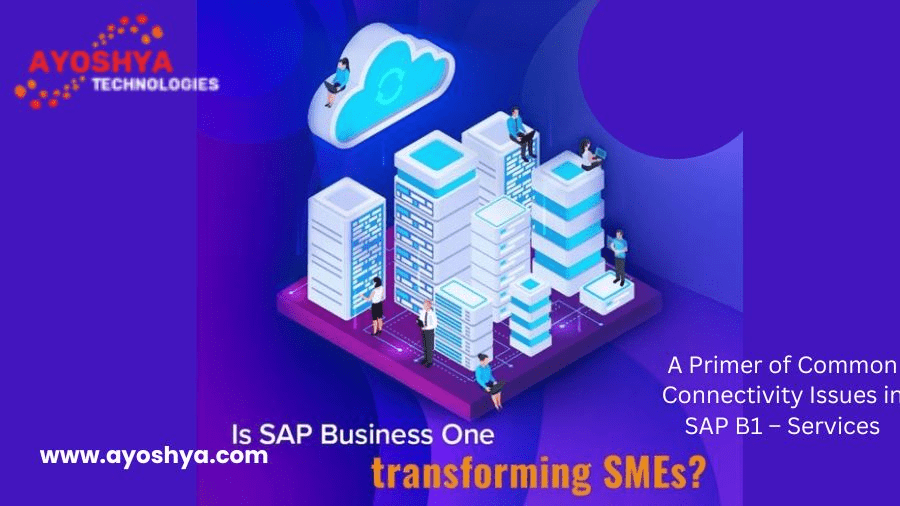Discover the top releases for SAP Business AI in Q2 2024. Learn about the latest advancements in predictive analytics, NLP tools, automation, customer insights, and cloud integration.
Welcome to the world of SAP Business AI, where technology meets innovation! As we venture into the second quarter of 2024, SAP continues to push boundaries with its latest AI-driven releases. Whether you’re new to SAP Business AI or just keen to learn about the latest advancements, this blog post will guide you through the top releases of Q2 2024, offering a curious and engaging look at what’s new. Let’s dive into the exciting world of AI and see how these innovations can transform business processes.
1. Introduction to SAP Business AI
What is SAP Business AI?
Before we dive into the specific releases, let’s clarify what SAP Business AI is. SAP Business AI integrates artificial intelligence with SAP’s suite of business applications to enhance functionality, improve decision-making, and automate processes. It leverages AI technologies like machine learning and natural language processing to provide smart insights and streamline operations.
Why It Matters
Understanding SAP Business AI is crucial because it represents the future of business technology. By incorporating AI into business processes, organizations can gain valuable insights, optimize workflows, and stay ahead of the competition. Now, let’s explore the most exciting releases for Q2 2024.
2. Enhanced Predictive Analytics Capabilities
What’s New?
One of the standout releases this quarter is the enhancement of predictive analytics capabilities. This update focuses on improving the accuracy and relevance of forecasts across various business functions. Here’s what’s new:
- Advanced Forecasting Models: SAP Business AI now features more sophisticated forecasting models that can predict market trends, sales performance, and customer behavior with greater precision.
- Automated Insights: The new release includes automated insights that provide actionable recommendations based on predictive data, helping businesses make informed decisions faster.
How It Helps
These advancements in predictive analytics allow businesses to anticipate future trends and prepare accordingly. With more accurate forecasts and automated insights, companies can reduce risk, optimize inventory, and improve strategic planning.
3. Improved Natural Language Processing (NLP) Tools
Exploring the Update
Natural Language Processing (NLP) is a critical component of AI that enables systems to understand and interact with human language. The latest release in Q2 2024 brings notable improvements to SAP’s NLP tools:
- Enhanced Language Understanding: The updated NLP tools offer better comprehension of complex queries and commands, making interactions with SAP systems more intuitive and efficient.
- Multi-Language Support: This release expands support for additional languages, allowing users from different regions to interact with SAP systems in their native language.
Benefits for Users
With improved NLP capabilities, users can experience more natural and fluid interactions with SAP systems. This enhancement simplifies tasks such as data entry, report generation, and customer service, making the technology more accessible and user-friendly.
4. Upgraded AI-Powered Automation Features
Key Improvements
AI-powered automation is another highlight of SAP Business AI’s Q2 2024 releases. This upgrade focuses on expanding automation across various business processes. Key features include:
- Expanded Task Automation: The new release offers more comprehensive automation of routine tasks, such as invoice processing, customer onboarding, and data management.
- Smart Workflow Optimization: AI-driven workflow optimization helps streamline processes by automating complex decision-making tasks and reducing manual intervention.
Impact on Business Operations
The upgraded automation features can significantly enhance operational efficiency. By reducing the need for manual tasks and optimizing workflows, businesses can save time, reduce errors, and improve overall productivity.
5. New AI-Driven Customer Insights Tools
What’s In Store?
This quarter, SAP Business AI introduces new tools designed to provide deeper customer insights. These tools leverage AI to analyze customer data and deliver actionable insights. Here’s what’s included:
- Customer Behavior Analysis: AI-driven tools now offer more detailed analysis of customer behavior, preferences, and purchasing patterns.
- Personalized Recommendations: The new features provide personalized product and service recommendations based on individual customer data, enhancing customer engagement and satisfaction.
Advantages for Marketing and Sales
With these new customer insights tools, marketing and sales teams can tailor their strategies to better meet customer needs. By understanding customer behavior and preferences more deeply, businesses can create more targeted campaigns and improve customer relationships.
6. Enhanced Integration with SAP Cloud Solutions
What’s New?
Integration between SAP Business AI and SAP Cloud solutions is now more seamless than ever. The Q2 2024 release brings several enhancements:
- Streamlined Data Integration: Improved integration capabilities make it easier to connect SAP Business AI with other SAP Cloud applications, ensuring smooth data flow and consistency.
- Unified Platform Experience: Users can now enjoy a more unified experience across SAP Cloud solutions, with AI-powered features seamlessly integrated into various applications.
Benefits of Enhanced Integration
Better integration with SAP Cloud solutions allows for a more cohesive user experience. It ensures that AI-driven insights and automation are fully leveraged across all SAP applications, enhancing overall efficiency and effectiveness.
Conclusion
As we explore the top releases for SAP Business AI in Q2 2024, it’s clear that SAP is pushing the boundaries of what’s possible with AI technology. From enhanced predictive analytics to improved NLP tools and upgraded automation features, these developments promise to transform how businesses operate and make decisions.
I hope this beginner’s guide has provided you with valuable insights into the latest advancements in SAP Business AI. If you have any thoughts or questions about these new features, I’d love to hear from you! Feel free to leave a comment below and share your experiences or curiosities.
you may be interested in this blog here:-
Why Choose SAP UI5 for Web Development?
SAP Training Institute
Mastering the Duolingo English Test – Sample Questions and Answers 2024
Harnessing Custom Objects in Salesforce: Tailoring Your CRM to Perfection







